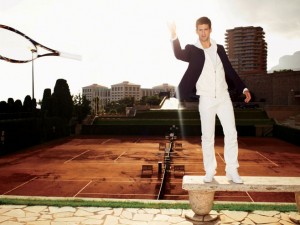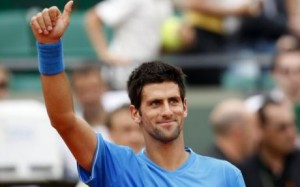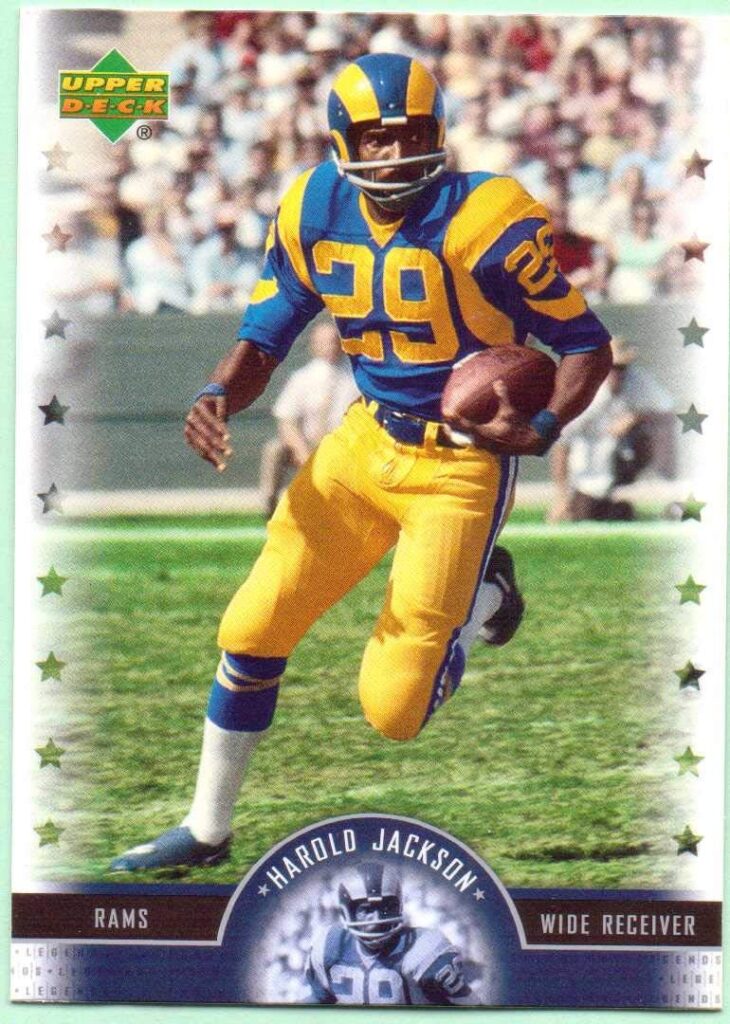Novak Djokovic: Time For The Surge

Novak Djokovic will need to toss away his recent disappointments if he wants to move to the top of the tennis world in 2010.
2007
Remember two years ago at the U.S. Open? Remember how happy Novak Djokovic was and how happy he made the New York crowds with his impersonations of Maria Sharapova, Andy Roddick, Roger Federer, and even Rafael Nadal?
While the guys growled, seemingly a little scratchy about his antics, Sharapova loved it and even sat in the Serb’s box with his parents! Life was good then, Nole. Wasn’t it?
Djokovic made it all the way to the finals of the 2007 U.S. Open, where he faced Federer down. The Serb lost, of course. Nerves. Actually, he lost in straight sets to Federer, but the match was closer than it looked on paper. That’s what everybody said, anyway.
After mixed reviews, Nole faded fast in the 2007 fall indoor season—tired no doubt from all that instant fame and the rocket ride to the top of the men’s game at age 20. He could barely hold up a racket during the 2007 Masters Season-Ending Championship in Shanghai. Noticeably, he didn’t win a rubber.
Extreme fatigue.
2008
By the Australian Open in 2008, Nole was ready to roll again. He did that by powering his way through to the final. In the process, he defeated his former foe, Federer. This time, Djokovic won in straight sets and sent the shocked Fed man home without a trophy. This took place in the semifinals, as Jo-Willy Tsonga was doing something similar to Nadal.
The culmination of this epic victory will forever be marked by the utterance of Nole’s sweet old mom, who cried out, “The king is dead!” This, of course, referenced the newly deposed Roger Federer. Such remarks endeared her forever to the legion of Federer fans.
In the final, the Serb swept Tsonga aside, the Frenchman overcome by the occasion. Djokovic had won his first Grand Slam tournament, and, according to the pundits, there would be many more trophies gathering dust on his mantle before his career was over.
The 2008 Australian Open marked the beginning. The following months seemed to punctuate the Serb’s early success. Djokovic won Master’s Series Tournaments in Indian Wells on hardcourts followed by another victory in Rome on clay.
He closed in on Nadal, constantly nipping at his heels, but Djokovic could never surpass the No. 2 player, even though many speculated that soon Nadal would fade away. That is ironic when you think about what really happened.
Because after Rome, Djokovic began to fade. The Serb mysteriously quit in a match with Federer in Monte Carlo. This occurred after Federer apparently shushed Nole’s parents during the match.
Djokovic’s reputation began to unravel. He was criticized for his rush to retirements when he was losing.

Djokovic has enjoyed success, but also struggles over the last three years.
The Serb made it to the semis of Roland Garros but was dismissed early at Wimbledon by Safin. His early defeat registered as a real shocker, especially after much musing about how important Djokovic was to the “triumvirate” at the top of the men’s game.
Djokovic met Federer again—this time in the semifinals of the 2008 U.S. Open. He lost in four sets, 6-3, 5-7, 7-5, 6-2. During the match, Djokovic seemed a bit shell-shocked and timid. At the conclusion of this match, there were no comments by Nole’s mom.
In fact, this time, Djokovic did his own damage by berating the New York crowd for supporting Roddick, who had poked fun at the list of all of Nole’s supposed ailments prior to their quarterfinal match. The New Yorkers did not take well to his scolding and booed him.
If you look at the year between the 2007 U.S. Open and the 2008 U.S. Open, Djokovic dipped. His confidence seemed to drop off the chart.
He was still ranked No. 3, but his prospects did not appear quite as rosy as they did in 2007. Andy Murray subsequently forced himself into the group as a member of the top four. The Scot was closing in fast on the No. 3 spot.
Even after winning the year-end championships in 2008, Djokovic was pretty much the forgotten man at the start of 2009.
2009
In January, at the Medibank International in Sydney, all the Serb had to do was defeat Jarkko Nieminen in the semifinals and he would have been the No. 2 ranked tennis player in the world. But he lost, letting Federer off the hook. Another golden opportunity wasted.
As defending champion at the Australian Open, Djokovic had to retire in the quarterfinals against Roddick—the man who had speared him with his comments in New York. At this point, the criticism for his actions came from on high, as even Federer noted that Djokovic had retired in three of four grand slam tournaments.
For the rest of the year at Masters Events, Djokovic became the best man—coming in second—to Andy Murray in Miami, to Rafael Nadal in Monte Carlo and in Rome. After Rome he dropped to the No. 4 ranking while Nadal retained his grip on the No. 1 spot for the time being.
In Madrid, Djokovic again lost to Nadal in the finals. At Roland Garros, Djokovic was beaten in the third round by Philipp Kohlschreiber and at Wimbledon in the quarterfinals by a red-hot Tommy Haas.
At the Cincinnati Masters, Djokovic made it to the finals before losing to Federer, coming in second best as was the Serb’s custom. Then, once again, Federer took Djokovic out during the U.S. Open semifinals.
When the season headed indoors for the remainder of 2009, Djokovic began to make his move on the field. He won the China Open and once again reigned as the No. 3 ranked player in the world, knocking Murray back down.
At the Shanghai Masters, he lost in the semifinals to eventual champion Nikolay Davydenko but then went on to steal away Federer’s home tournament in Basel, defeating the Swiss in the final.
To capitalize on his improving status, Djokovic captured the final Masters tournament of the year, BNP Masters in Paris, defeating Frenchman Gael Monfils in the final.
There is much speculation as to the outcome at this year’s Barclay’s ATP World Tour Finals in London. Can Nadal overtake Federer for the No. 1 spot with only 945 points separating them? Can Djokovic supplant Nadal with a 1295-point spread between them? An undefeated champion picks up 1,500 points. The possibilities loom large.
Subtle traces of maturity have surfaced as the good-humored demeanor returned to the very talented Serb’s repertoire. The world still awaits the promise the 20-year-old exhibited in 2007.
The fun-loving, carefree guy didn’t handle his instant fame well. He took his personal life with him onto the court. When potential continues to override commitment, hard work is set aside. You can never rise to the top on talent alone. Now Djokovic seems at long last to have figured out his priorities.
Djokovic has natural talent to burn. He moves better and serves better than most at the top of the game. At last these tools are going to take him out of being third best, but the question remains—who will surge ahead in London and who will get passed standing in line?
JA Allen is a regular contributor to Sports Then and Now.



